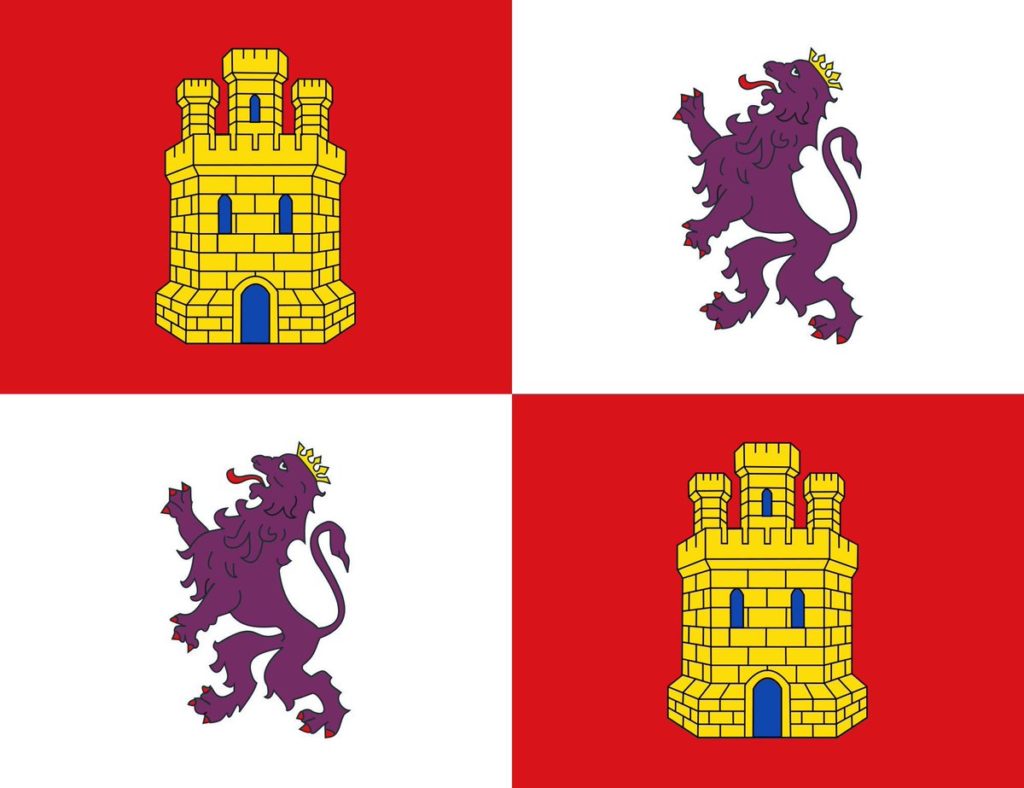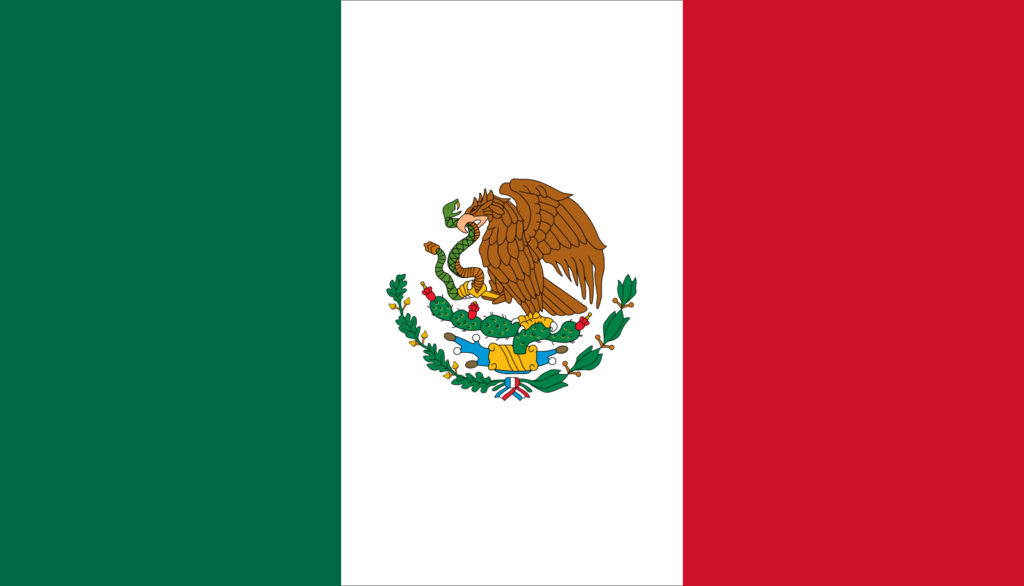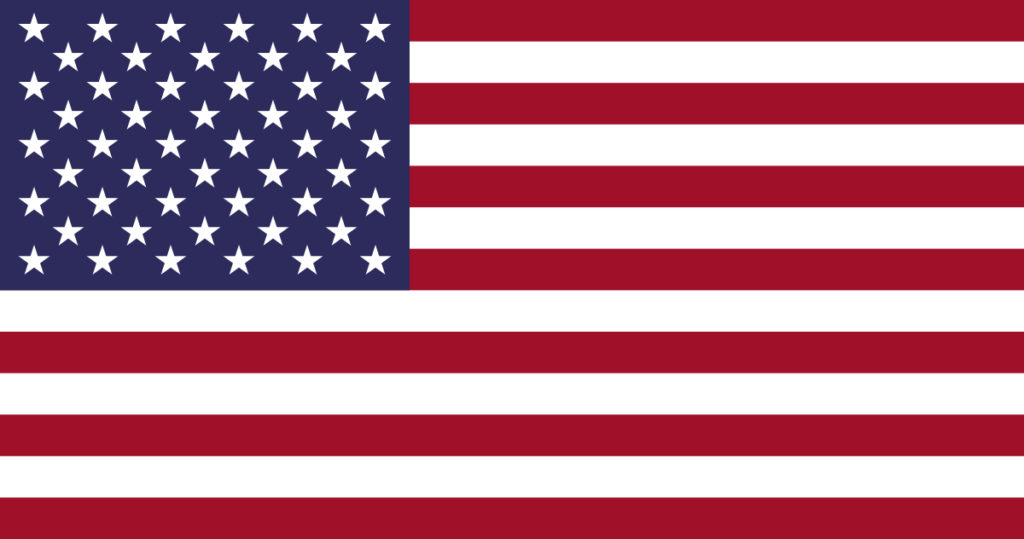The History of the Six Flags Over Texas
Throughout the history of Texas, the flags of six governments have flown over parts of the state. France, Spain, Mexico, the Texas Republic, the Confederacy, and the United States have all laid claim to Texas land at some point over the past centuries. It is a unique history to which no other state can lay claim.
But how did Texas come to lay claim to this historical oddity? The six flags over Texas history takes us back to the contested “discovery” of Texas and the long centuries of conflict, exploration, cultural exchange, war, and reinvention that have helped Texas become the place it is today.

1. French Texas (1684-1689)
Before the arrival of European explorers, Texas was a land of hundreds of nations, though the native cultures that roamed its plains and farmed its fields didn’t typically fly flags. In 1685, French explorer René-Robert Cavelier, Sieur de La Salle was blown off course en route to the Mississippi River and landed in southeast Texas. He established a fort and settlement, but it would not last long due to conflicts with local Native Americans and disease. Although official French claims to Texas land would prove short-lived, the French would continue to influence the exploration and settlement of the state.
French explorers such as Louis Juchereau de St. Denis made inroads to places like the Red River, and in 1718, Jean-Baptiste Bénard de La Harpe established a trading post among the Caddo Indians in present-day Red River County. In 1817, French pirate Jean Laffite attempted to set up an independent republic on Galveston Island. After Texas gained its independence, the French remained involved in the growth of the state largely through settlement, including the La Reunion colony near Dallas and Henri Castro’s Castroville along the Medina River.

2. Spanish Texas (1716-1821)
The first Spanish explorers set foot on Texas soil in the early 16th century, though official Spanish rule would not commence until 1716. There was a long history of Spanish settlement throughout the state, including in the El Paso region, where Franciscan friars established missions along the Rio Grande. But the jurisdiction of Spanish Texas consisted of a relatively small area, stretching roughly from the Medina River eastward into what is now Louisiana. Spanish rule would last a little more than 100 years, and its impact on the geography and culture of Texas was massive. The Spanish established trade routes, lent names to many places in the state, and laid the foundations of the city of San Antonio.

3. Mexican Texas (1821-1836)
After the Mexican War of Independence, which lasted from 1810 to 1821, the portion of Texas that was once ruled by Spain became part of the new independent state of Mexico. Ironically, this would open the door for Texas’ eventual independence. The new Mexican state faced an economic crisis that was partially related to depopulation of certain regions and underproductivity of ranches and farms. Mexico opened the northern reaches of its new country to foreign settlement, bringing in an influx of Anglo-Americans.
Stephen F. Austin led the second and most successful settlement, bringing some 300 families to the area. As more Americans moved into the northern Mexican region of Texas, there were efforts to break away. Austin helped the Mexican government suppress the Fredonian Rebellion in 1826, but by 1836, Austin, like many Texans, had grown disillusioned with Mexican rule and helped form and lead the Texas Revolution.

4. The Republic of Texas (1836-1845)
In 1835, the Anglo-Texans began to organize their own military. After a series of skirmishes and battles, they declared independence from Mexico in 1836. For the next decade, Texas worked to establish itself as an independent nation. But from the outset, the politics of the new country were shaped by the question of whether Texas should remain independent or join the expanding United States.
The Republic of Texas’ second president, Mirabeau B. Lamar, fervently fought for the state to remain independent of the U.S. Dreaming of a Texas that stretched all the way to the Pacific Ocean, Lamar set about an expansion plan that would have displaced the local Native American population. On the opposing side was Sam Houston, who pushed for peaceful coexistence with Native Americans and helped negotiate the United States’ eventual annexation of the state in 1845.

5. The United States (1845-present)
Texas was admitted as the 28th state of the union on Dec. 29, 1845. The annexation, however, did not come easy. Border disputes with Mexico over the boundaries of Texas led to the outbreak of the Mexican-American war, which lasted from 1846 to 1848. After the U.S. emerged victorious, the annexation of Texas would also lead to the acquiring of vast swaths of what was formerly considered Mexico, including land that would eventually make up 10 western states. Texas’ annexation not only set the contemporary boundaries of the Lone Star State but also formed the center stage for the eventual expansion of the U.S. from coast to coast.

6. The Confederate States of America (1861-1865)
In February 1861, Texas voted to secede from the Union and join the southern states in the Civil War. Thousands of Texans joined the Confederate army, though many remained conscientious objectors, joined the Union, or left Texas entirely.
On June 19, 1865 — two months after an agreement at the Appomattox Court House in Virginia brought an end to the fighting in the war — news of President Abraham Lincoln’s Emancipation Proclamation reached Galveston, freeing Texas’ slaves on a day that would be commemorated as Juneteenth. Although the period of the Confederacy was relatively short-lived, the trauma of the conflict, Reconstruction, and subsequent period of segregation continue to impact Texas identity and culture.
Texas has a decorated history, and the stories therein are worth remembering. These Texas films have helped to chronicle the state’s culture and evolution.
© 2021 Texas Farm Bureau Insurance



